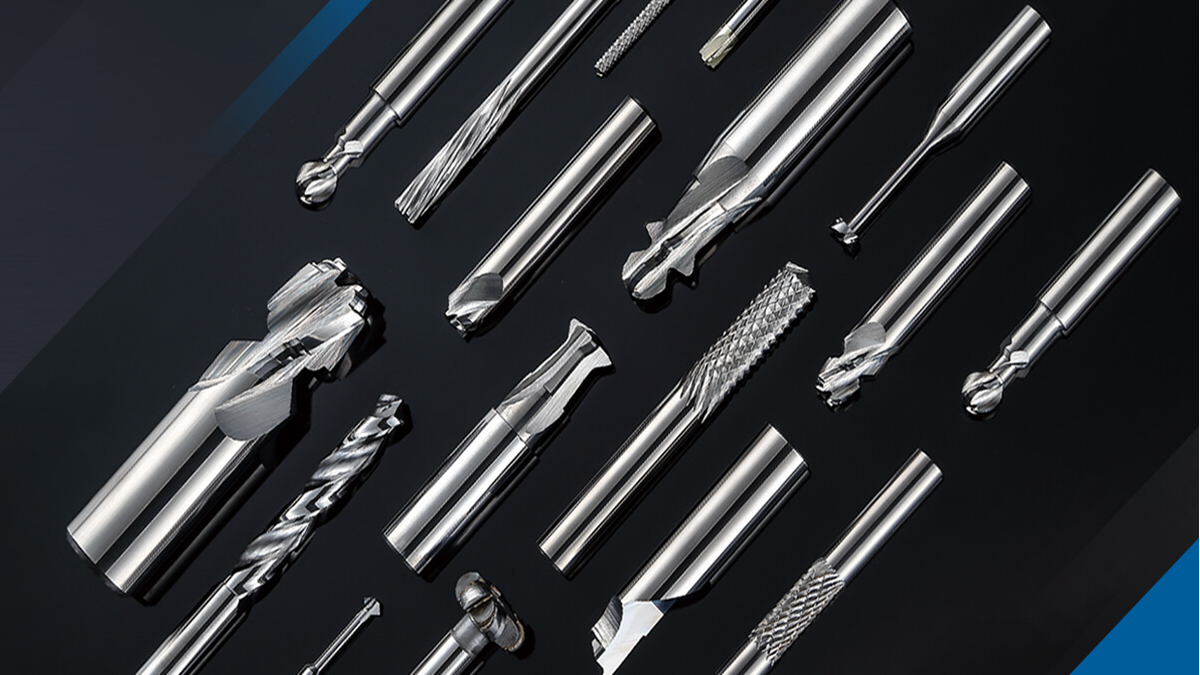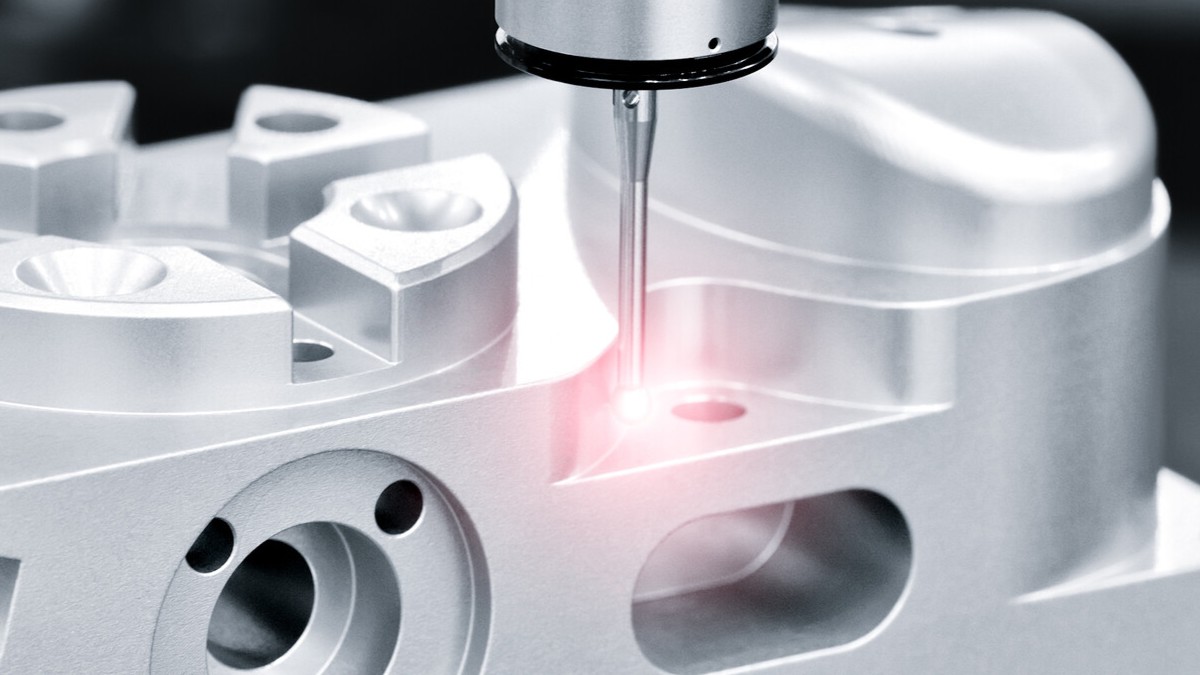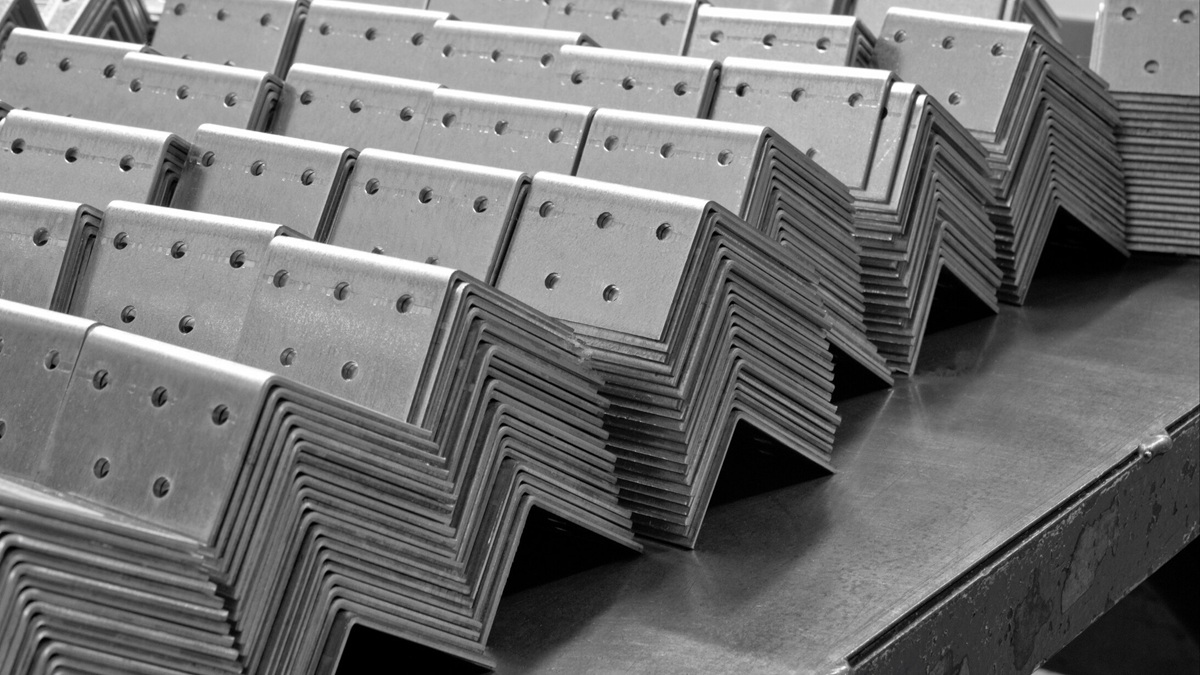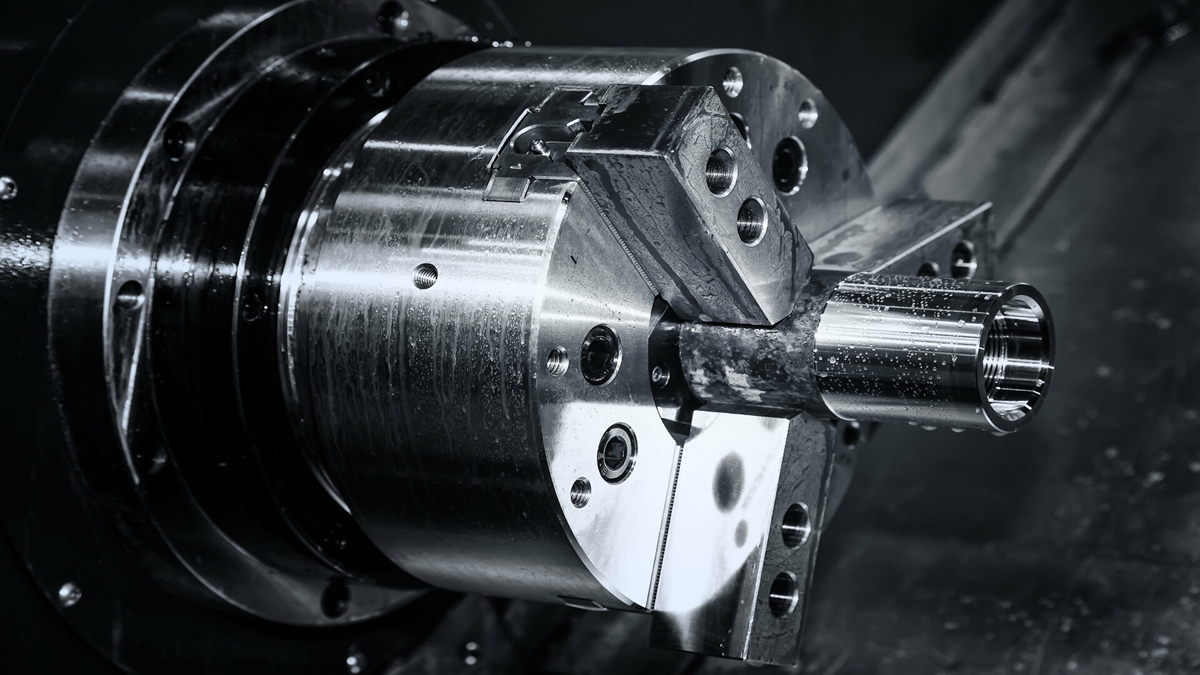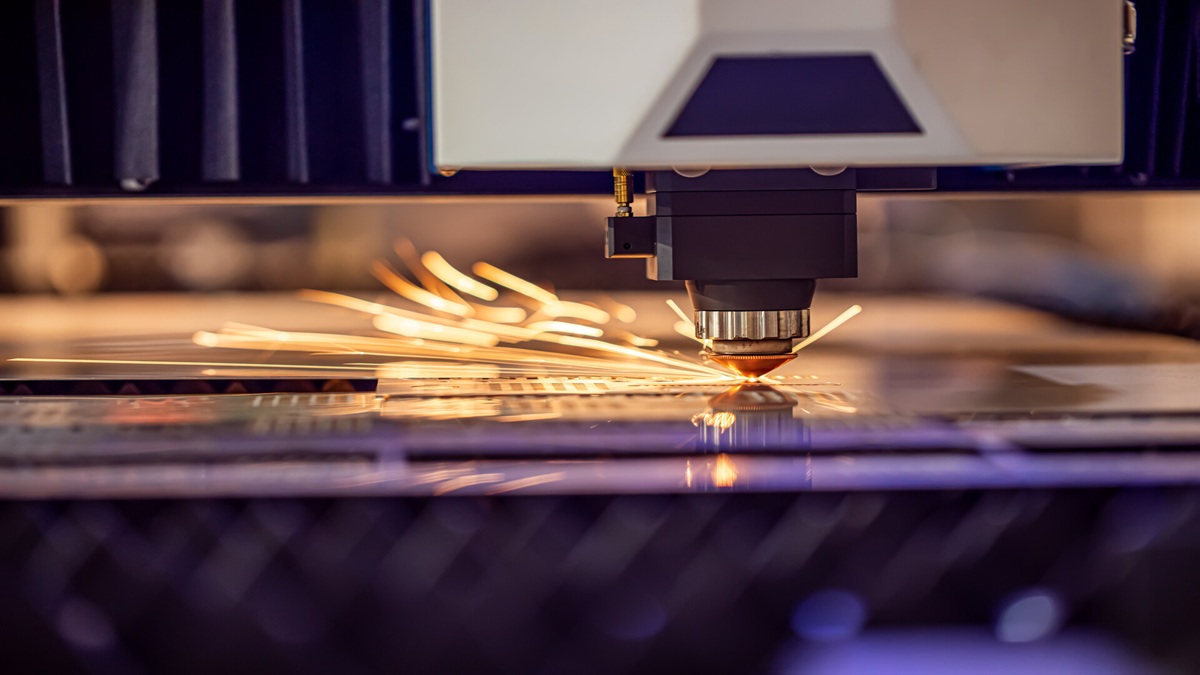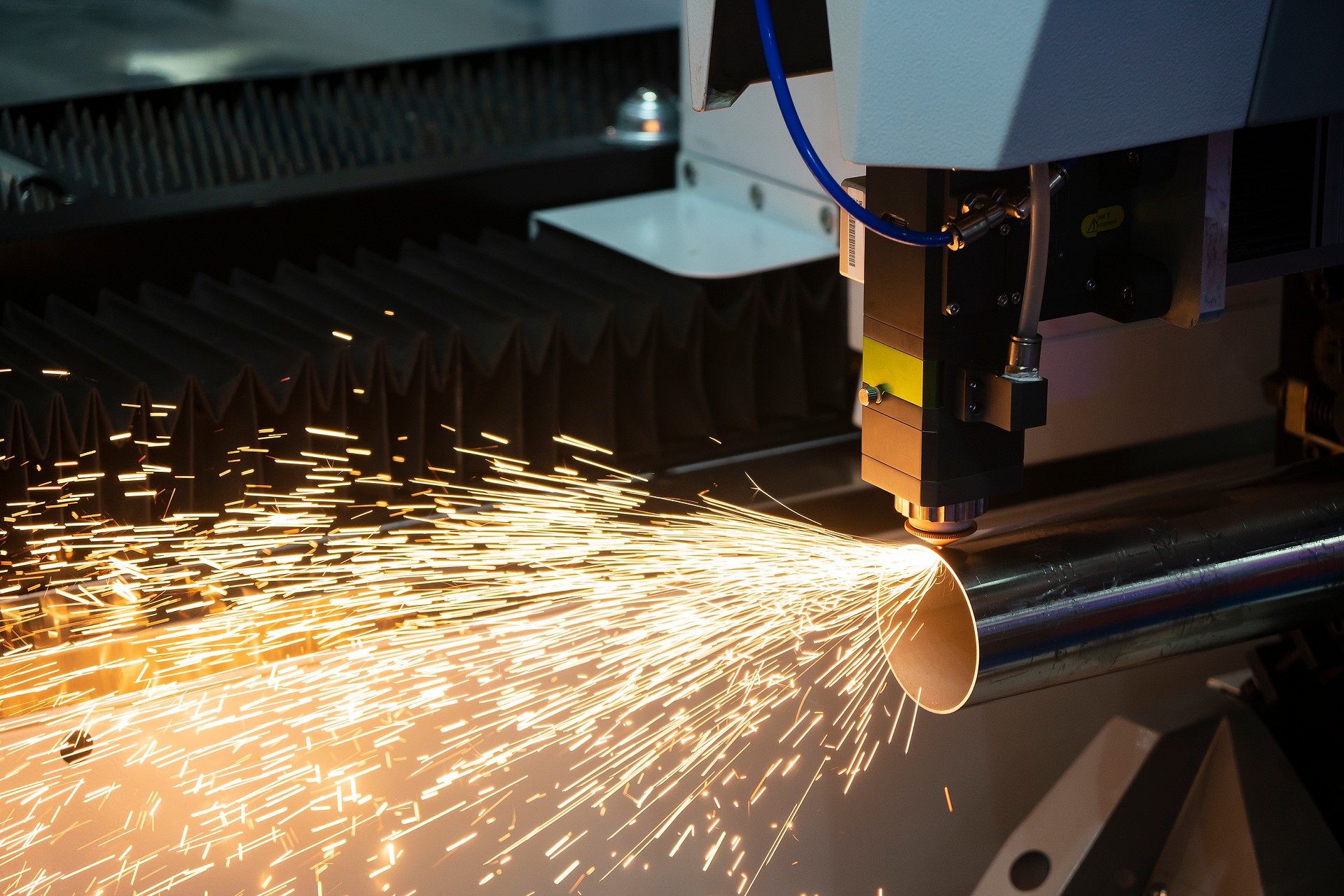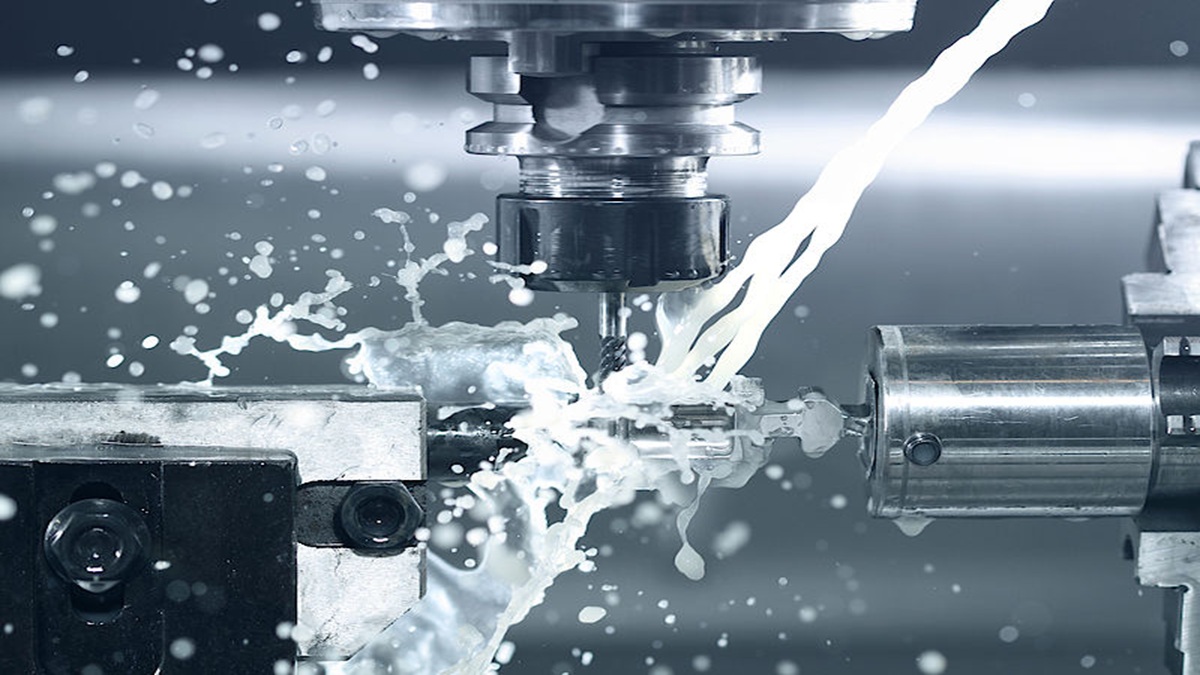Microplastics - tiny plastic particles under five millimeters - are a growing environmental and health concern due to their widespread presence in water, food, and air. Conventional water treatment struggles to remove them effectively, but reverse osmosis (RO) filtration offers a highly efficient solution by using ultra-fine membranes that block over 99% of microplastics through physical filtration, electrostatic repulsion, and high-pressure forcing. Despite requiring regular maintenance and higher upfront costs, RO systems provide reliable long-term removal of microplastics and other contaminants, making them essential for ensuring clean drinking water and protecting public health from microplastic pollution.
Introduction
Microplastics - tiny plastic particles smaller than five millimeters - have emerged as a widespread environmental concern. These particles contaminate water sources, food supplies, and even the air, posing serious health risks to humans and wildlife alike. As awareness of microplastic pollution grows, the demand for effective removal technologies becomes increasingly urgent. Among the available options, reverse osmosis (RO) filtration systems have proven to be one of the most efficient methods for eliminating microplastics from water. This article explores the advanced role of RO systems in microplastic removal, focusing on their effectiveness, underlying mechanisms, and potential challenges.
Understanding Microplastics
Microplastics come from a variety of origins, including the breakdown of larger plastic debris, synthetic fabrics, and packaging materials. They are typically classified as either primary microplastics - manufactured intentionally at a small size - or secondary microplastics, which form from the degradation of bigger plastic items. Due to their minuscule size, microplastics are difficult to filter out with conventional water treatment methods, which has created a need for more sophisticated filtration solutions.
Reverse Osmosis Filtration Systems
Reverse osmosis is a water purification technique that uses a semi-permeable membrane to remove contaminants. The membrane features extremely tiny pores - around 0.0001 microns - much smaller than microplastic particles, allowing RO systems to effectively block these pollutants5). This ultra-fine filtration not only stops microplastics but also removes bacteria, viruses, heavy metals, and various chemical impurities.

Referral Link
Effectiveness of Reverse Osmosis for Microplastic Removal
Numerous studies have confirmed the high efficiency of reverse osmosis in filtering out microplastics. RO systems can eliminate over 99% of different types of microplastics, including plastic fragments, fibers, and nanoplastics. For example, plastic fragments ranging from 1 to 1000 micrometers are removed at rates exceeding 99.9%, while plastic fibers between 0.1 and 10 micrometers are filtered out at rates above 99%.
Mechanisms Behind Microplastic Removal
Several factors contribute to the success of RO systems in microplastic removal:
Physical Filtration: The extremely small pores in the RO membrane serve as a physical barrier, preventing microplastics from passing through. This size exclusion principle is fundamental to the technology.
Electrostatic Repulsion: The RO membrane often carries a negative charge that repels negatively charged microplastic particles, such as polystyrene microspheres, enhancing filtration performance.
High Pressure: Reverse osmosis applies high pressure to force water through the membrane, effectively blocking contaminants including microplastics.
Challenges and Considerations
Despite their high effectiveness, RO systems face several challenges:
Maintenance and System Quality: The performance of RO filtration depends heavily on system quality and regular upkeep. Routine maintenance, such as membrane replacement and system monitoring, is vital to ensure consistent microplastic removal. Neglecting maintenance can lead to membrane fouling or damage, which diminishes effectiveness.
Potential Introduction of Microplastics: Some recent studies suggest that under certain conditions, RO systems might inadvertently introduce microplastics into treated water, especially if membranes have defects or the system is poorly maintained. This highlights the importance of high-quality manufacturing and proper maintenance.
Cost: Reverse osmosis systems often require a higher upfront investment compared to traditional filtration methods. However, their superior filtration performance and long-term benefits - such as reliable microplastic removal and reduced environmental impact - make them a cost-effective choice over time.
Conclusion
Reverse osmosis filtration systems are a critical technology in addressing microplastic contamination in water. Their ability to remove more than 99% of microplastics, alongside other harmful contaminants, makes them invaluable for providing clean and safe drinking water. While issues like maintenance demands and potential membrane imperfections exist, the advantages of RO systems significantly outweigh these concerns. As microplastic pollution continues to threaten environmental and public health, investing in advanced filtration technologies like reverse osmosis is essential for safeguarding water quality and protecting human health.





.png)
